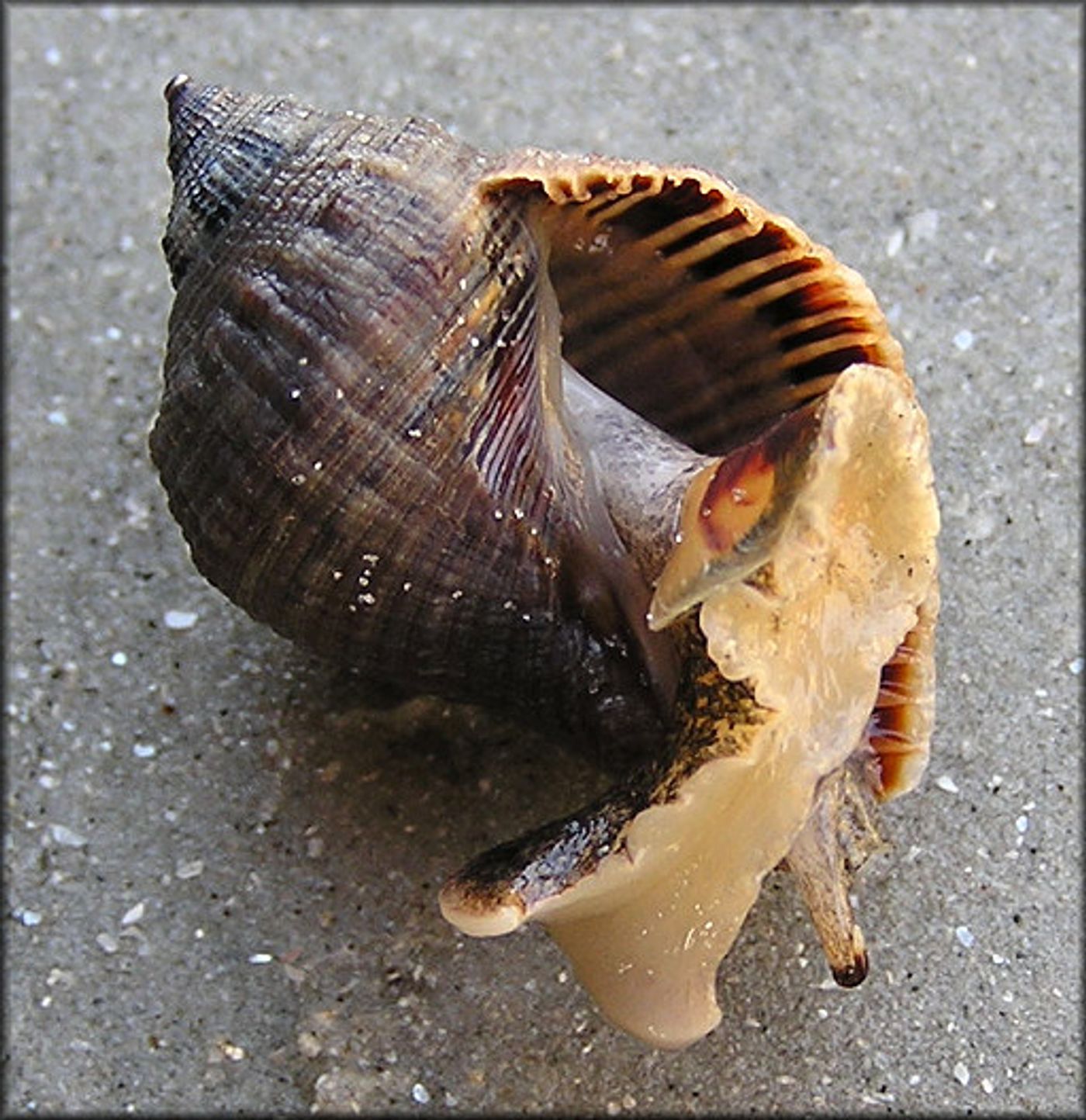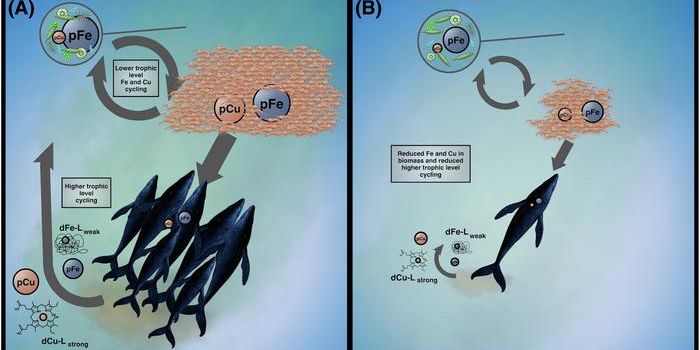Shellfish Used for Purple Dye in Ancient Times Seems to Have Disappeared
In the times of Ancient Rome, if you wore Tyrian Purple clothing of any sort, then you were considered a VIP. The color was most notably used in clothing for royalty, or in some cases wealth.

Unlike other dye colors back in the day, this shade of purple came from boiling a certain kind of shellfish that could be found in the nearby Mediterranean Sea, but scientists are now saying these creatures have essentially disappeared from their natural habitat there.
Published in Scientific Reports, scientists involved in an Israeli survey believe that continued warming of the planet’s waters is affecting the wildlife that are trying to cope in the Mediterranean Sea. Among those, the stramonita haemastoma, reportedly one of the two main sources of Tyrian Purple dye.

The study revealed a nearly 1.6º Fahrenheit change in the water’s temperature from the 1700’s to today, which doesn’t sound like much, but appears to have been just enough to affect the survival of several creatures in the watery region.
It turns out these species were very vulnerable to temperature changes in the water, and this survey seems to confirm they’ve pretty much vanished.
Shellfish aren’t the only species affected; there are many types of marine life that rely on certain temperatures in the Mediterranean Sea to survive, and a lot of those appear to be disappearing.
“Temperature trends indicate an exceptional warming of the coastal waters in the past three decades,” Israeli marine biologist Gil Rilov said.
“Though speculative at this stage, the fast rise … may have helped push these invertebrates beyond their physiological tolerance limits leading to population collapses and possible extirpations. If so, these collapses may indicate the initiation of a multi-species range contraction at the Mediterranean south-eastern edge that may spread westward with additional warming.”
Despite the dwindling numbers of the marine species that seem to be struggling amid temperature changes in the Mediterranean Sea, purple dyes aren’t going anywhere as mankind has found a way to produce it synthetically.
On the other hand, finding out what we can do to prevent creature extinctions in the Mediterranean Sea is an important step scientists have yet to figure out.
Source: The Guardian








